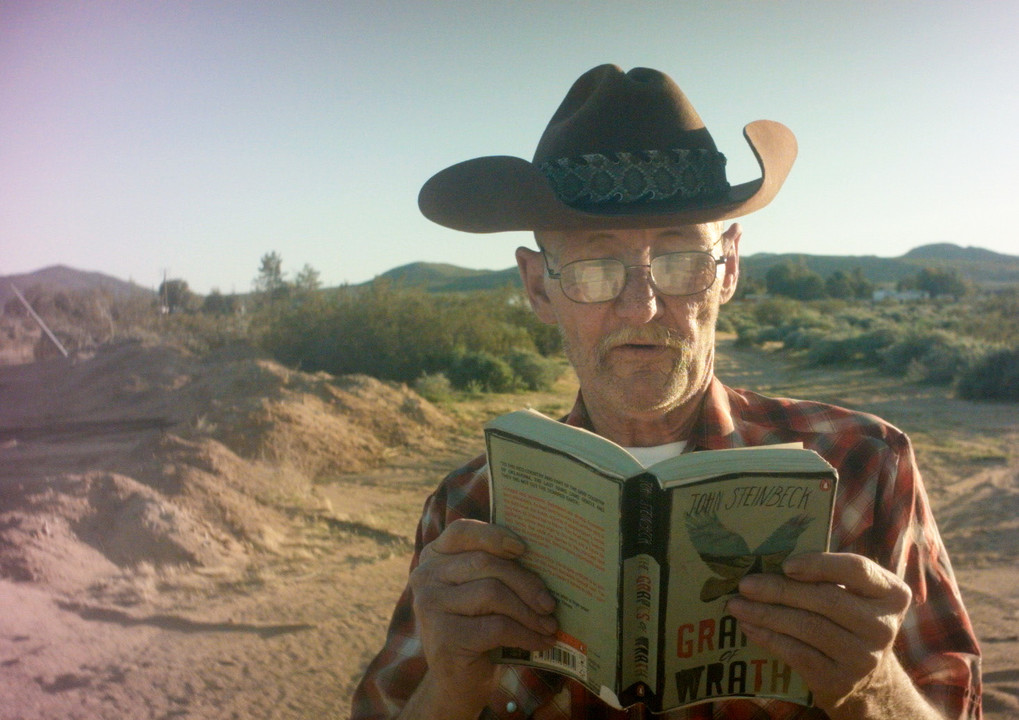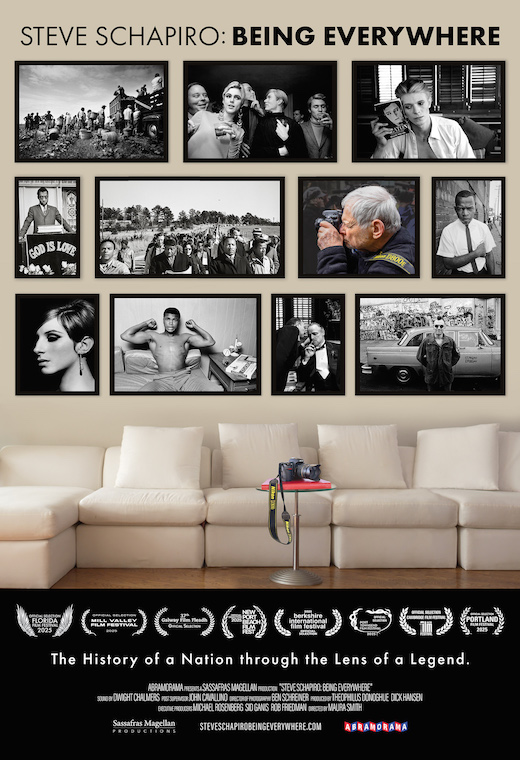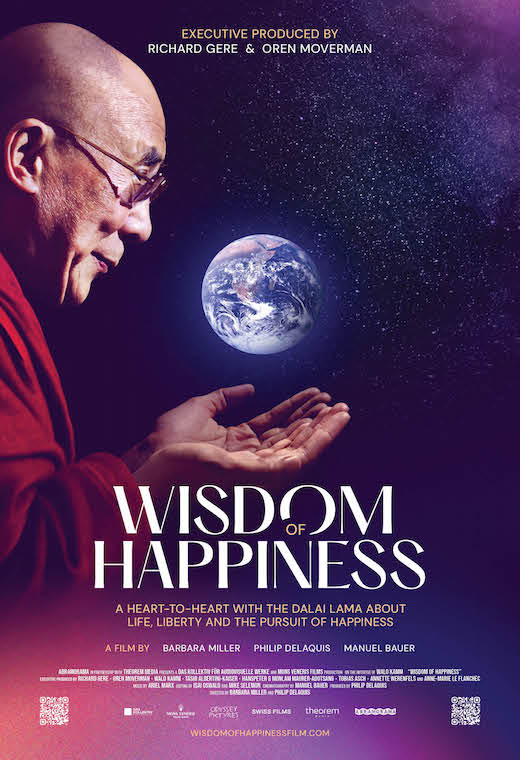In 1989 I was in San Francisco for a conference. I can mark the date easily enough as it was just after the Loma Prieta Earthquake. I had an afternoon off and visited a museum or a gallery I can’t quite remember which. I had only been in the States a couple of years (working on a PhD at Boston University), and I was still drinking in the culture. As I wandered the space, I came across an installation dedicated to a book that was having its 50th anniversary. I had heard of John Steinbeck, I had heard of the Grapes of Wrath but had never read it. I remember someone telling me it was one of the most important American novels ever written. The display included not just handwritten notes, typed manuscripts and photos but an extract of Steinbeck’s personal journal written contemporaneously with the book. That journal was published that year in 1989 (good marketing Penguin). It was called Working Days: The Journals of The Grapes of Wrath 1938-1941 Edited by Robert DeMott.

Here’s the quote that I remember seeing:
I am on my very last chapter now. The very last. It may be fifteen pages long but I can’t help that. It may be twenty. The rain-the birth-the nood-and the barn. The starving man and the last scene that has been ready so long. I don’t know. I only hope it is some good. I have very grave doubts sometimes. I don’t want this to seem hurried. It must be just as slow and measured as the rest but I am sure of one thing- it isn’t the great book I had hoped it would be. It’s just a run-of-the-mill book. And the awful thing is that is absolutely the best I can do.
And you can probably see why I remember it. It struck me with such force at the time. Because The Grapes of Wrath is, of course, no “run-of-the-mill-book”. Steinbeck won the Pulitzer with it in 1940, and it was the foundation of his Nobel Prize in ’62 and has sold over 14 million copies. It has also been banned and burned. Yet Steinbeck’s genuine self-assessment was that it “was not good enough”. And both he and his wife, Carol (who gifted him the title), wanted - and needed - it to be more than good enough. Steinbeck worked up to The Grapes of Wrath, and it was the book that he had to write. In a way he had four shots at it – The Harvest Gypsies a series of factual reports coupled with Dorothea Lange’s photographs that were published in the San Francisco News in October 1936, an unfinished novel The Oklahomans, a finished (but destroyed by Steinbeck) satire L’Affaire Lettuceberg and finally The Grapes of Wrath.
His interest in labour and migrant issues starts earlier for sure, but The Grapes of Wrath was propelled into being really by Steinbeck’s first-hand witnessing (and physically helping) the truly shocking conditions of thousands of families in Visalia and Nipomo after a major flood in the winter of 1938. And not just the effects of the disaster but the impact of grinding poverty and hunger that made the communities so vulnerable in the first place and lack of humanitarian aid after the fact. From the introduction to Working Days DeMott summarises it this way “What Steinbeck encountered in that sea of mud and debris was so devastating, so ‘heartbreaking’ he told Elizabeth Otis, that he was utterly transfixed by the ‘staggering’ conditions, and by ‘suffering’ so great that objective reporting would only falsify the moment.” The desire to communicate the truth of those experiences is what created The Grapes of Wrath.
I read that differently now, in an age where facts can be false, and news can be fake, Steinbeck’s point was that just accurate factual reporting was not true enough and could not do justice to what he witnessed. He needed to create the Joads and let them tell their story and in doing so communicate the truth that he bore witness to.

I have, in 2019, now re-read the book, watched the film and read the journal in its entirety for the first time. It wasn’t a New Year’s resolution, and it’s a coincidence that I am doing that 30 years after first reading the quote. I have jumped down this rabbit hole (to mix authors) because I saw a film. A film that I fell in love with. It’s called The Bikes of Wrath, and we (at Demand Film) have the honour of releasing it theatrically across the English-speaking world. Five guys (or blokes as we would call them in Australia) come up with two crazy ideas. 1) They want to recreate the Joad’s trip. Down to the mile. Down to the dollar. They do it on bicycles. 2) They film it.
The resulting documentary (and later in the year a TV series) is so moving, funny, sad and poignant that when I watched it, I had to go back and reread Steinbeck. And then I re-watched the film and understood that if Roger Ebert were alive, I would be confident that he would call it a great movie. Because he called great movies “machines that generate empathy”.
And The Bikes of Wrath generates empathy by the bike trailer load.
 There is a great divide in America at the moment, but beneath the anger that is continually being served up daily on cable TV and through social media, I believe that there is also great sadness. I believe all people of good will, on either side of the divide genuinely yearn for more civility, understanding and more than anything else empathy. By taking a journey with the Joads, the five riders in the Bikes of Wrath remind us of that and encourage and nurture our better selves to seek it. And they remind us that John Steinbeck did the same thing in 1938 when he wrote The Grapes of Wrath which is why it was never a run of the mill book but one of the greatest novels in the American canon.
There is a great divide in America at the moment, but beneath the anger that is continually being served up daily on cable TV and through social media, I believe that there is also great sadness. I believe all people of good will, on either side of the divide genuinely yearn for more civility, understanding and more than anything else empathy. By taking a journey with the Joads, the five riders in the Bikes of Wrath remind us of that and encourage and nurture our better selves to seek it. And they remind us that John Steinbeck did the same thing in 1938 when he wrote The Grapes of Wrath which is why it was never a run of the mill book but one of the greatest novels in the American canon.








Comments
No comments to display
Leave a comment
Please Login or Register to leave a comment